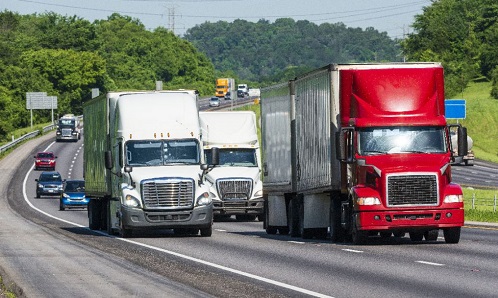
November 17, 2021 – The supply chain snarl around trucking may be more complex than initially thought, with some industry groups challenging the claims that a widespread shortage of drivers is at the core of the problem.
Last month some large carriers and the ATA (American Trucking Association) announced the results of a study saying that the industry was short 80,000 drivers. Citing those figures, some trucking leaders have renewed calls for hiring more international and teenage drivers.
While the ATA’s report claims that the industry is down 30% on drivers since the start of the pandemic, those numbers don’t align with data from consultancy FTR. A report from FreightWaves claims that over the past 16 months there has been a surge in new single truck operations.
“Through October, the Federal Motor Carrier Safety Administration has authorized more than 92,000 for-hire carriers, according to an FTR analysis of FMCSA data,” FreightWaves’ Mark Solomon reports.
In 2020 there were 59,000 approved applicants and in 2018 there were 44,000. That “almost certainly means we have more drivers today” than before the pandemic, Avery Vise, FTR’s vice president of trucking, told Solomon.
Over the past 16 months, more than 113,000 for-hire trucking applications have received federal operating authority, according to data from consultancy FTR. More than 100,000 of those applicants representing a pool of 195,000 drivers still held authority as of Nov. 1, according to FTR’s analysis of government data.
The surge in new single-truck operations “almost certainly means we have more drivers today” than before the COVID-19 pandemic, said Avery Vise, FTR’s vice president of trucking. However, the drivers with new operating authority are generally unavailable to the large truckload carriers.
Instead, many are supporting local pickup and delivery operations than traditional over-the-road truckload services, he said. The massive number of driver applicants has led to a 3% market share shift from carriers with more than 100 trucks to those with fewer than 100 trucks, Vise said.
